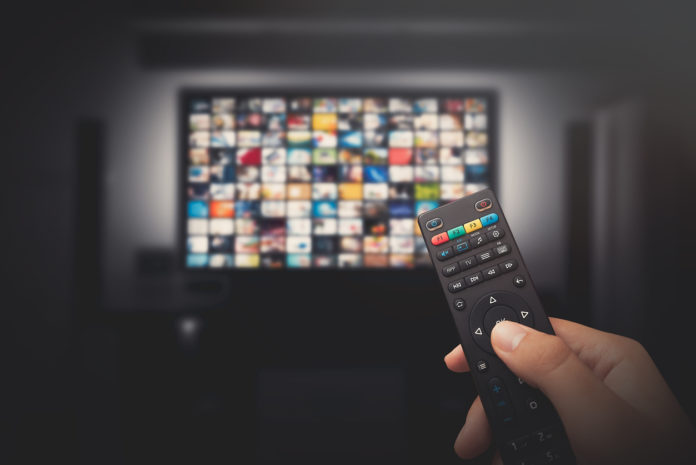Major electronics developer Samsung has made headlines recently with the announcement that its range of 2022 smart TVs will feature integrated cloud gaming services. Rather than operating through a mobile or attached external device, this approach promises to streamline the growing landscape of cloud gaming systems like Stadia and GeForce Now. Though this move could illustrate the next big step in smart TV functionality, these systems have been gaining steam behind the scenes for years, and in more ways than customers might think.
The Evolution of Smart TVs
The first steps towards smart TV systems arose in the early 80s, in Japan. Including early and limited computer chips, these televisions extended basic viewing possibilities with the inclusion of text information and software capabilities. Though extremely limited by today’s standards, such devices laid the groundwork for what would eventually take off in the 2000s.
Before the offically labeled smart TVs, the functionality of these systems was paralleled in the seventh generation of gaming consoles with the PlayStation 3 and Xbox 360. Not just for playing games, these systems included early apps like music and video players, extending functionality beyond the traditional.
In 2007, Hewlett-Packard would deliver on what was arguably the first in the modern line of smart TVs with the HP MediaSmart. Like the older gaming consoles, this included simple app functionality like media players and even basic web access. As first-generation systems, these are unusably slow today, but their legacy and importance would go on to inspire what is now a dominant force.
With each new generation, smart TVs would get faster, more user-friendly, and more common. As of 2021, smart TVs accounted for half of all television sets, and this proportion is only looking to trend upwards. Offering newfound power and support, the potential of the systems continued to grow.
Today, modern smart TVs include support for Bluetooth and web systems that extend their capabilities to browsing and even light gaming. Online casino games like Fluffy Favourites are prime examples of this, where many systems include can run this slot game in its entirely. This includes the ability to create accounts, place bets, and even claim bonuses thanks to improved HTML 5 support.
As smart TVs grow more powerful, they could continue to usurp the place of separate hardware devices. With Samsung’s announcement, an exterior device for game streaming is no longer necessary (other than a controller), and this is far from the first time that smart TVs have encroached on the boundaries of other systems.
Also in gaming, readers might be familiar with the Xbox One, in the eighth console gaming generation. This system was given the name for its ability to act as an all-in-one entertainment system, at least that was the hope from Microsoft. Since smart TVs would manage much of this functionality anyway, many of the promises of the One weren’t necessary, and this pattern could continue into regular use.
A few years from now, computer dominance might see a downturn for many users, as functionality is replaced by the potential of mobile phones and smart TVs. While it’s too early to tell for sure how often this will become the case, there’s no doubting that smart TVs are the way forward, and not all hardware developers are going to be happy about that.










